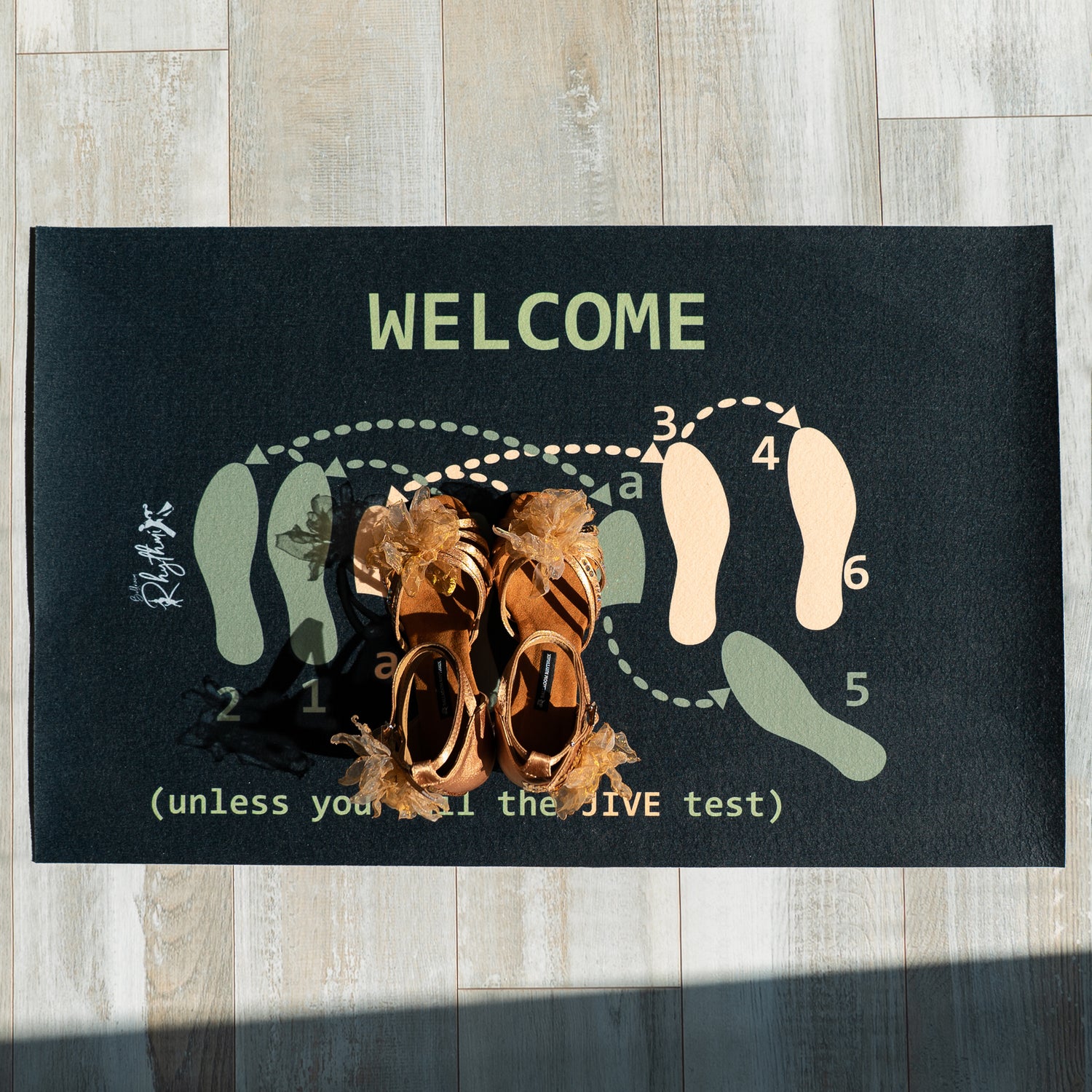Ballroom vs. Social Dance
Read time: 3 minutes
Ballroom and social dancing may seem like distant cousins today, but they actually evolved side by side - sharing steps, music, and even entire dances.
This blog post isn’t about comparing them - it’s about showing how they’ve influenced each other across time.
Waltz, now a ballroom classic, caused scandal when it first appeared in 18th-century Austria. It was a social dance back then - the first to bring partners face-to-face, hand in hand. The idea of closed-hold was born in the streets, not on the competition floor.
Tango started in the working-class neighborhoods of Buenos Aires, danced in bars and brothels before it made it to European ballrooms. What was once raw, improvised, and intimate became stylized, standardized - and eventually split into two worlds: Argentine Tango and Ballroom Tango.
Cha-cha began in 1950s Cuba as a playful evolution of danzón and mambo. It was a club dance - full of cheeky, syncopated footwork that matched the upbeat rhythm. Ballroom took it and sharpened the lines, sped up the tempo, and gave it a competitive edge. Social cha-cha remained flirtatious and grounded; ballroom cha-cha turned crisp, precise, and show-ready. Both still pulse with the same Cuban soul.
Samba and Rumba came from Afro-Cuban and Afro-Brazilian rhythms, danced socially in communities before being adapted into dancesport. Even jive has roots in swing, Lindy Hop, and jitterbug — all born in American social dance scenes.
In fact, most ballroom Latin dances are the ballroom world’s interpretation of existing social styles. Meanwhile, social styles like salsa, bachata, kizomba, and zouk kept evolving outside the ballroom bubble - often fusing elements from each other and even reabsorbing ballroom styling.
So while today’s scenes may look different, their stories started in the same places: street corners, dance halls, and communities where rhythm came first.



